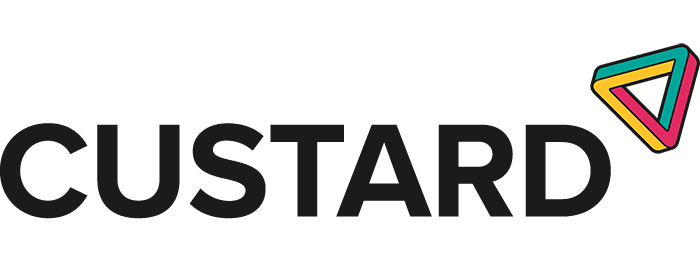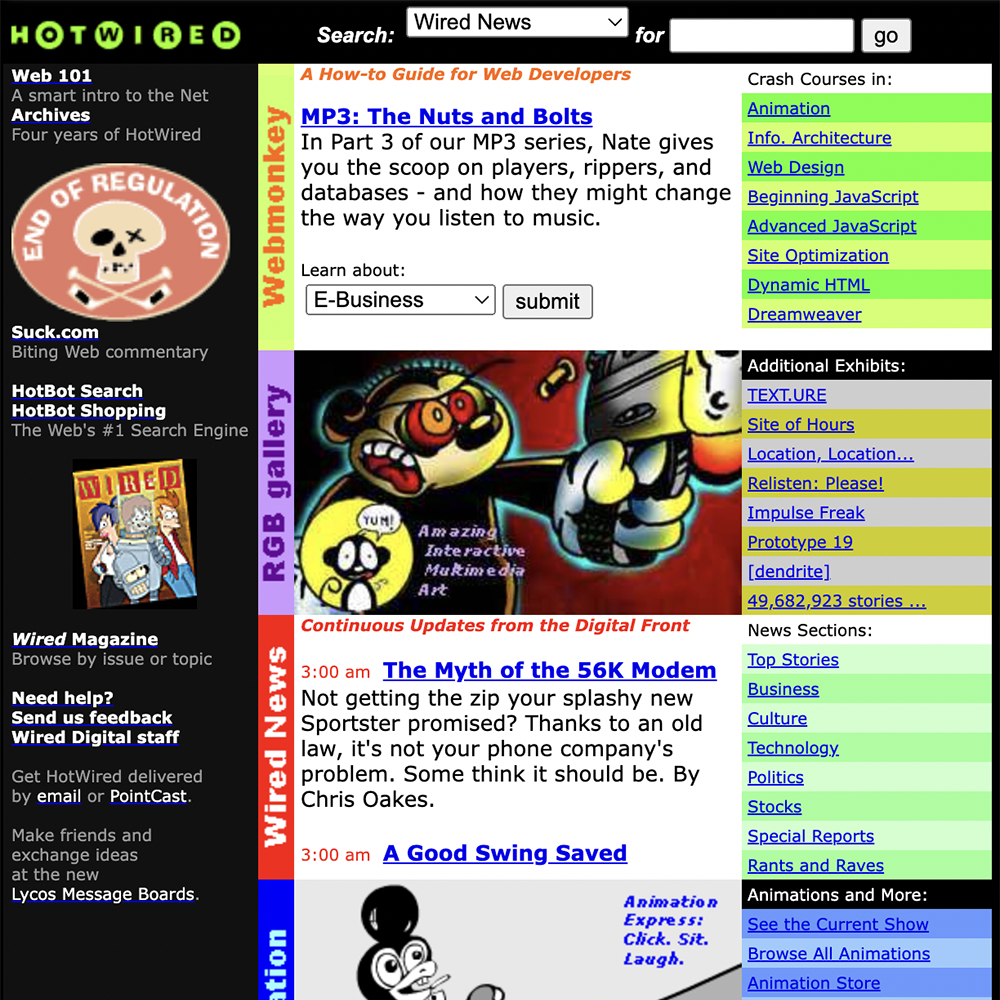
SEO Content Analysis: How To Undertake Content Analysis & The Best Tools For The Job
In order to rank highly in search engine results pages (SERPs), businesses must produce quality content that is optimised for traffic and revenue-driving terms.
The process of content analysis is an effective way to identify and improve the effectiveness of your website’s content, so each piece makes a positive impact on your site’s performance.
Content analysis requires that you first answer the following questions:
- What are your target readers looking for?
- What are your audience’s interests?
This article was originally published on 28/07/2022, but was brought up to date on 10/10/2023.
There are many ways to find content topics for your website. Sometimes, you can simply use Google to find what people are searching for on the web. Other times, you may need to do a bit more research to find the right sources.
Whatever the case may be, content analysis is an important part of SEO. This blog will teach you the ins and outs of being the best SEO content analyser and undertaking the best content evaluation possible.
Still feeling a bit definitely, maybe about SEO content analysis?
Here at Custard, content analysis is a cornerstone of our SEO activity, and this blog will outline how you can perform your own content analysis to ensure each piece of content on your site packs a punch.
What is SEO content analysis?
SEO content analysis is the process of examining a page’s content to determine how well it conforms to the principles of SEO, as well as to your target audience’s needs. SEO content analysis includes analysing the page’s title, metadata, headings, body text, and images, similar to a blog audit but specifically with SEO in mind. The goal of SEO content analysis is to identify areas where the page could be improved to better comply with SEO principles and help it rank higher in search engine results pages.
Common problems with SEO content
In order to hit marketing goals with content, you need to make sure that your pages rank for the relevant phrases, otherwise there is little to no chance of them driving organic search performance at all. Here are some of the most common problems with SEO content:
Poor keyword targeting
Often, companies will target the wrong keyword on their pages, whether these are landing pages or blog content. This could mean a phrase that simply isn’t relevant to what their ideal users are interested in.
No relevance to the SERP/Search intent
This is a similar issue to poor keyword targeting – this applies when keywords are used incorrectly and do not match the intent of the search results. An example of this would be using a keyword within a blog, that usually applies to product pages when searched for. Well-optimised content should provide exactly what a customer is looking for.
Granted, some keywords exhibit mixed intent, meaning that the SERP features a whole variety of information – commercial pages, tutorials, blog posts and so on. In most cases, however, you can tell what information is considered to match the user intent by a quick search.
Poor writing quality
The readability can affect content’s SEO performance. Think about it: if readers can’t understand your content, they will likely exit the page quickly, and opt for the next result instead. Therefore, it is important to know how to check content quality so then you can avoid communicating to the search engine that your content doesn’t suffice.
It is common to wonder about what quality content means. If you’re wondering how to check the content quality of a website, typically speaking, quality content must be valuable meaning it offers a unique informative take on a topic, accessible meaning all users have a positive experience with your content and it’s compelling enough so users take action.
Insufficient information
A page can provide the right information and be well-written, but just be too short or top-level. It might cover the topic generally, but the audience needs a more in-depth approach, and a short page would stand little chance of ranking well.
How do you analyse on-page SEO?
On-page SEO is the practice of optimising individual web pages in order to rank highly and earn more relevant traffic in search engines. The focus of on-page SEO is on elements like title tags, meta descriptions, keywords and so on.
When it comes to on-page SEO, there are a few key things to keep in mind:
- Make sure your title tag and meta description are both compelling and accurately reflect the content of your page, as well as fitting within the maximum character limit displayed on SERPS. Title tags should be no more than 60 characters, and meta descriptions between 120-160 characters.
- Use keyword-rich header tags to help improve your ranking for relevant keywords.
- Optimise your images with relevant keywords in an image’s alt text.
- For internal links, use anchor text that accurately reflects the content of the page you’re linking to.
SEO analysis of existing assets
When it comes to SEO, content is still king. However, what is “king” changes over time as Google tweaks its algorithms. A website’s existing assets – including both on-page and off-page elements – need to be analysed regularly to ensure they are effective from an SEO perspective. One key factor in any SEO content analysis is SEO keywords analysis. Pages that are well-optimised for specific and have done keyword analysis of website will rank higher in search engine results pages (SERPs). But simply stuffing keywords into content will not help; the content must be well written and provide value to users.
Within a content check for SEO, you should also consider backlinks. Backlinks are links from other websites that point to a page on your own website. For competitive search terms, quality backlinks can make all the difference in ranking potential.
SEO analysis of new content ideas
SEO is an important part of content creation and publishing. It’s crucial to ensure that your website’s content is search engine friendly so that you can attract more visitors from Google, Bing, and other search engines.
One way to perform a quick SEO analysis of new content ideas is to use Google Ads’ Keyword Planner tool. This tool will help you to determine how popular a particular keyword or phrase is, as well as how much competition you’ll likely face if you decide to target that keyword or phrase in your content.
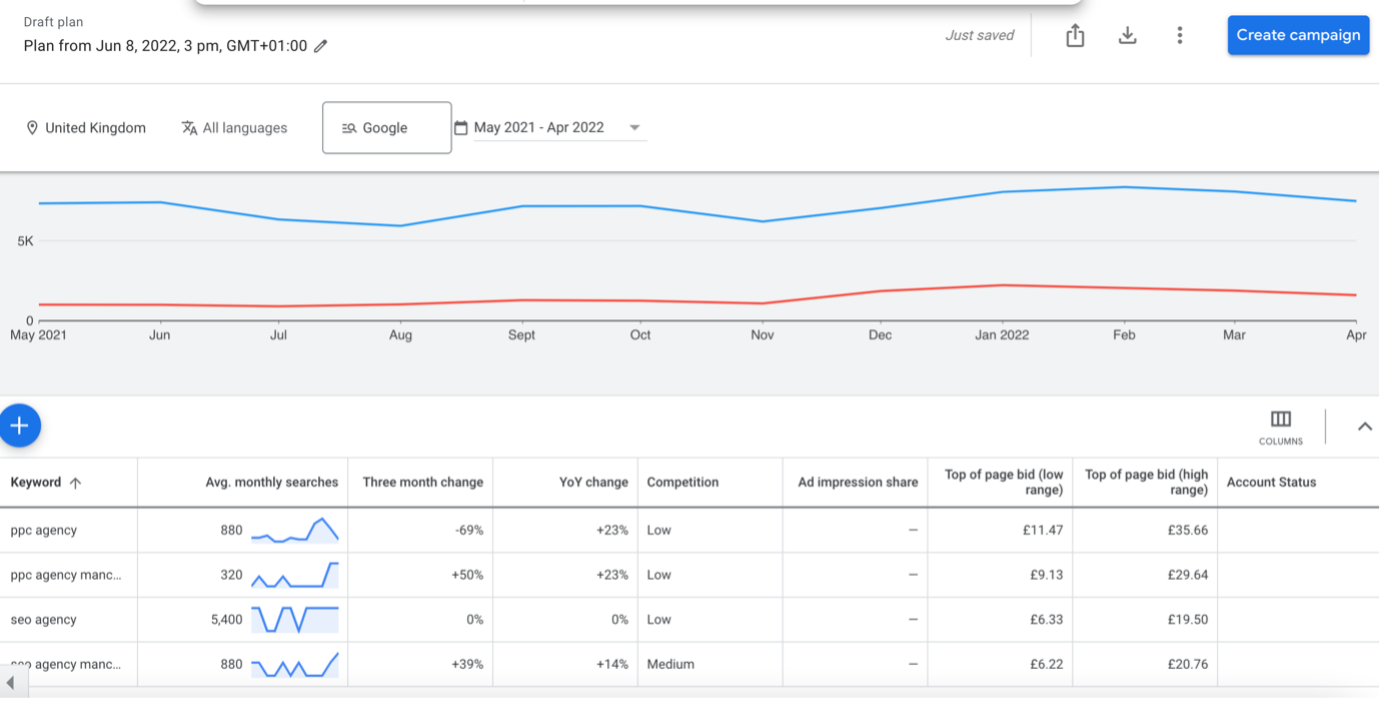
Another great way to analyse the SEO potential of new content ideas is to use Google Search Console (formerly known as Webmaster Tools).
Search Console provides detailed information about your website’s search engine visibility and keyword performance, to give you an idea of keywords which already work well for your site that could be boosted by some content updates.
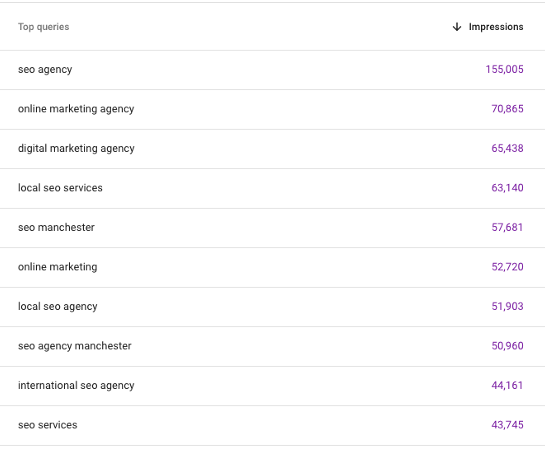
What are the benefits of an SEO content analysis?
The potential benefits of SEO content analysis are vast. By taking the time to analyse your website’s pages and identify any areas that may need improvement, you can make the necessary changes to help your site rank higher in search engine results pages (SERPs). Additionally, analysing your content can help you better understand your target audience and what they’re looking for when they search for information online. This knowledge can then be used to create content that is more relevant and appealing to your audience, which can result in increased traffic and conversions.
How to collect SEO content analysis information using tools
You can use a variety of different tools and Chrome extensions to improve your SEO. We’ve already mentioned Adwords and Search Console, but here are a few tools that can help specifically with SEO content analysis:
Frase

Frase is an AI-driven content creator and optimiser which can be used to target ranking opportunities for keywords and pages. Use the analytics tab to look at the data collected for your existing pages and determine whether or not they are performing to the standard required.
It can also be used as a successful content analysis tool by looking at how well you target keywords in your pieces, and how they match up in terms of intent and subject matter to your competitors.
AHREFs

Ahrefs’ Keyword Explorer is great for competitive analysis, inspiring your content creation and helping you to understand the competitive landscape through keyword research.
You can enter a keyword and analyse all the articles ranking on the first page, leaving you with information you can use to plan new content. You can also use the Content Gap tool to show keywords your competitors rank for that you don’t, this is great for SEO content gap analysis.
Screaming Frog SEO Spider
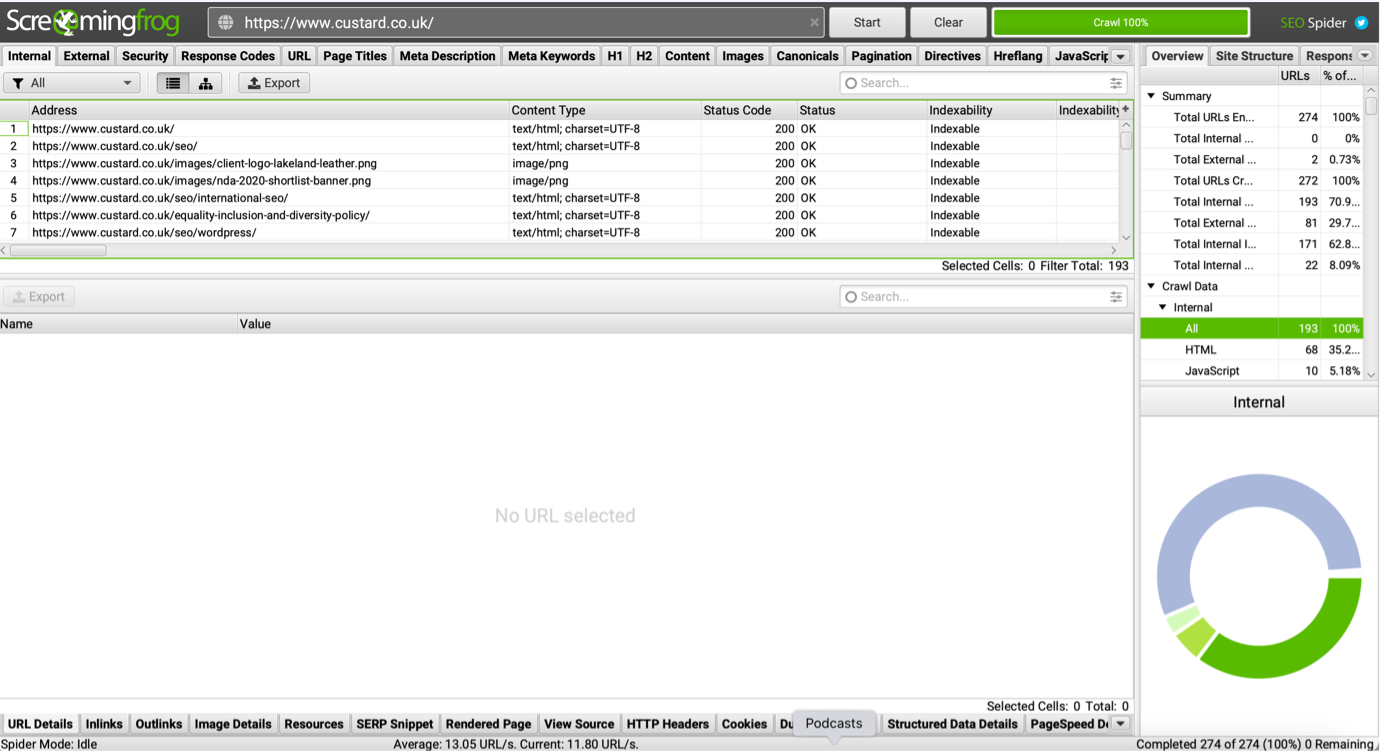
This is a website crawler which will gather onsite data that you can use in your analysis. It will provide the metadata active for each link so that you can optimise this appropriately, as well as showing any broken links or duplicate content that could hamper your SEO performance.
Content analysis with Custard
To perform a content analysis which provides measurable benefits, it’s crucial that you have a thorough understanding of SEO and how to discover what your user intent will be. So, if you aren’t an expert, why not leave it to us?
We are a digital marketing agency with over a decade’s worth of experience and a proven track record in content analysis amongst our clients. Contact us today for a chat and we’ll explain exactly how our tailored SEO plans can help you achieve your business goals.
Frequently Asked Questions
How do I check my SEO content score?
SEO is one of the most important aspects of any website. It can be the difference between a website that is successful and one that isn’t. There are several things that you can do to improve your SEO, but one of the most important is making sure your content is SEO-friendly.
One way to check how well your content is doing is by using an SEO content score tool. This will analyse your content and give you a score based on how well it’s optimised for SEO. There are a number of these tools available, but one of the most popular is the Yoast SEO plugin for WordPress. This plugin provides a score for each post or page on your website, as well as tips on how to improve it.
How do I know if my content is SEO friendly?
Your content will be SEO friendly if it contains keywords that are appropriate and relevant to the piece. Keywords should be included in things like the URL, metadata and heading structures for full effectiveness. It should also be well structured, easy to read and contain images where necessary to enhance it.
What is SEO readability?
When you are creating content for your website, it’s important to make sure that it is SEO-friendly. This means optimising your content for search engines so that you can rank higher in the search results. One way to do this is to make sure that your content is readable.
SEO readability refers to the ease with which a reader can understand your content. If your content is difficult to read, it will not rank as well with search engines. To improve the readability of your content, you need to make sure that it is well-written and easy to understand.
There are several factors that you can consider when improving the readability of your content. One of the most important is the length of your paragraphs. Try to keep your paragraphs short and concise, and use simple language that everyone can understand.
How do I make my content more SEO-friendly?
One way to make your content more SEO-friendly is to perform an analysis of your page content. This can be done using a variety of tools, such as Google’s PageSpeed Insights tool or SEMrush’s Content Analyzer. These tools will help you identify any areas of your page that could be improved for better SEO performance.
Some things you can do to improve your page content include optimising your title tags and meta descriptions, adding keywords throughout your text, and improving your site speed.
Does Google rank sites by their readability?
There is no doubt that Google takes into account a website’s readability when ranking it. Various studies have been conducted to try and determine the weight Google gives to this factor, with somewhat conflicting results. Some say that if your content is easy to read, you will be rewarded with better rankings. Others maintain that while readability is certainly a consideration, it is not the only one, and that other factors are more important.
The bottom line is that if you want to ensure your website ranks well, you need to make sure your content is well-written and easy to understand. This means using clear, concise language, avoiding complex sentence structures, and keeping your paragraphs short and to the point. You should also break up your text with headings and subheadings so it is easier to scan.
How to optimise content for SEO?
You must know how to optimise content for SEO as this will mean you rank higher in the SERPs boosting your overall reach to your audience. To optimise your content it is important that what you write is of high quality, you consider search intent, you target keywords and your content itself is long enough. By undertaking all these tips, this will help ensure that you rank higher on SERPs, meaning your business will reach a wider audience.
